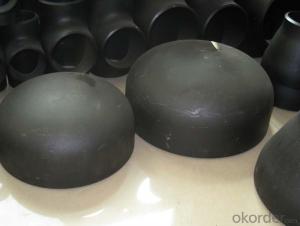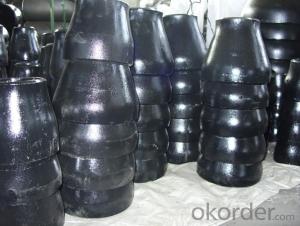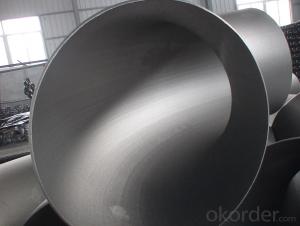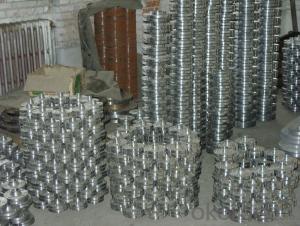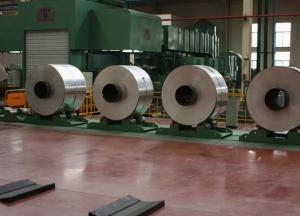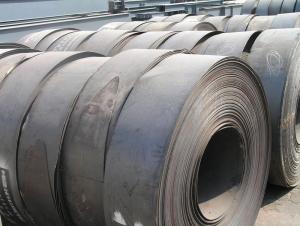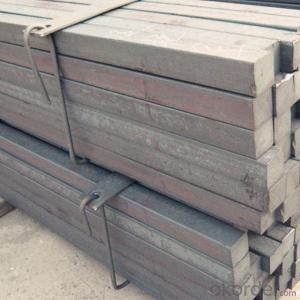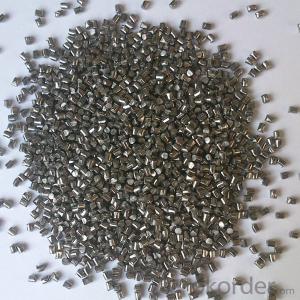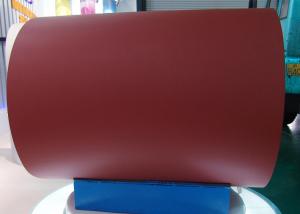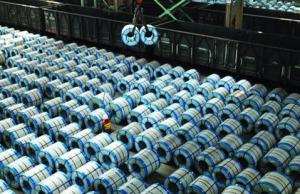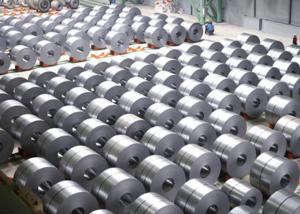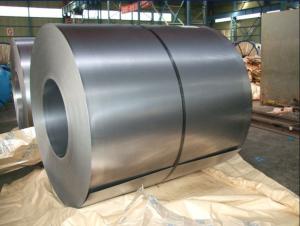Carbon Steel Pipe Fittings SR/LR BEND
- Loading Port:
- China Main Port
- Payment Terms:
- TT OR LC
- Min Order Qty:
- -
- Supply Capability:
- -
OKorder Service Pledge
OKorder Financial Service
You Might Also Like
Specifications
pipe fitting elbow
Certificate:ISO:9001-2000
New material,completely meet asme and din standard
Best price
1. type: AISI ASTM A234 WPB BW Con Elbow
2. Size: 1/2"-48"(1/2"-24"is seamless and 26"-48"is welded)
3. Wall thickness: sch10-160, STD, XS, XXS
4. Material: A234WPB, A420WPL6, A420WP5, WP11, WP12, WP22, etc
5. Welding line: seamless
6. Angle of bend: 30, 45, 90, 180degree
7. Bending radius: SR, LR
8. Standard: ANSI B16.9, JIS, SB, DIN, GB
9. Surface treatment: black paint, vanis paint, black rust-proof oil,
transparent oil, hot galvanizing
10. Application: petroleum, electricity, chemical, natural gas, metallurgy,construction,
shipbuilding and other fields because of its high pressure, high temperature, etc
11. connection: welding
12. technics:forged
13.Certificate:ISO9001 - 2000, CE, SGS, etc.
14. packaging: wooden case, pallet, container or in accordance with the
requirement of customers
15. Principle: quality fist, customer first, credit first
16. payment: L/C T/T
17. delivery time: 7-25 days after payments
18. Notes: the bevel can be made in accordance with the special requirements
of the customers
19. Others: we can also produce the products according to the requirements
of the customers
The main production:
1. PIPE FITTINGS: elbows, tees, bends, reducers, cap, flanges and sockets etc.
2. PIPE: bult welded pipes, seamless pipes, threaded pipes, etc.
We sincerely welcom customers at home and abroad to visit us and seek common development.
- Q:How is steel sheet metal stamped for automotive parts?
- Steel sheet metal is typically stamped for automotive parts using a process called metal stamping. This involves placing a sheet of steel between two dies and applying immense pressure to form the desired shape. The dies have the desired shape of the automotive part, and the pressure from hydraulic or mechanical presses forces the steel sheet to conform to the shape of the dies, resulting in the stamped automotive part.
- Q:What are the different types of steel storage systems used in warehouses?
- There are several types of steel storage systems commonly used in warehouses, including pallet racking systems, cantilever racks, drive-in racks, and mezzanine floors. Pallet racking systems are versatile and can efficiently store large quantities of palletized goods. Cantilever racks are ideal for storing long and bulky items such as pipes or lumber. Drive-in racks allow for high-density storage by allowing forklifts to drive directly into the racks. Mezzanine floors create additional storage space by utilizing the vertical height of the warehouse, providing additional levels of storage.
- Q:What is the impact of steel production on the environment?
- The impact of steel production on the environment is significant. The process involves the extraction of iron ore and coal, which leads to deforestation, habitat destruction, and soil erosion. Steelmaking also generates large amounts of carbon dioxide, contributing to climate change. Additionally, the production of steel requires vast amounts of water and energy, further straining natural resources. Waste products, such as slag and emissions, can contaminate air, water, and soil, posing risks to human health and ecosystems. Efforts are being made to mitigate these impacts through cleaner technologies and recycling, but the overall environmental footprint of steel production remains substantial.
- Q:What are the properties of high-strength steel for structural applications?
- High-strength steel for structural applications possesses properties such as exceptional strength, excellent toughness, and superior corrosion resistance. It can withstand heavy loads and external forces while maintaining its structural integrity. Additionally, high-strength steel exhibits a higher yield strength and ultimate tensile strength compared to regular steel, allowing for the creation of lighter and more efficient structures.
- Q:How is steel used in the production of medical equipment?
- Steel is commonly used in the production of medical equipment due to its strength, durability, and resistance to corrosion. It is used in surgical instruments, implantable devices, hospital beds, and various other medical tools and equipment.
- Q:How is steel used in the production of elevator systems?
- Steel is a crucial material in the production of elevator systems as it is used for constructing the elevator car, the support structure, and the guide rails, ensuring durability, strength, and safety for the entire system.
- Q:What is the role of steel in the energy sector?
- Steel plays a crucial role in the energy sector as it is used in the construction of power plants, transmission towers, and pipelines. It provides strength and durability to these structures, ensuring their safety and longevity. Additionally, steel is utilized in the manufacturing of wind turbines, solar panels, and energy storage systems, enabling the production and distribution of renewable energy. Overall, steel is an essential material that supports the infrastructure and development of the energy sector.
- Q:What are the different types of steel beams and their uses?
- There are several types of steel beams, including I-beams, H-beams, and wide flange beams. I-beams are commonly used in construction and offer excellent load-bearing capabilities. H-beams are often used in structural applications and provide more strength and stability. Wide flange beams are versatile and can be used in various construction projects, offering increased strength and durability.
- Q:What are the different types of steel products used in the manufacturing of medical equipment?
- The different types of steel products used in the manufacturing of medical equipment include stainless steel, carbon steel, and alloy steel. Stainless steel is widely used due to its corrosion resistance, strength, and ease of sterilization. Carbon steel is used for components that require high strength and durability, while alloy steel is utilized for specialized applications that require specific properties such as high temperature resistance or magnetic properties.
- Q:How is steel used in the production of storage tanks and containers?
- Steel is commonly used in the production of storage tanks and containers due to its strength, durability, and corrosion resistance. It provides a reliable and secure option for storing various fluids and materials, including water, chemicals, and petroleum products. Additionally, steel can be easily molded and fabricated into different shapes and sizes, making it versatile for different storage requirements.
1. Manufacturer Overview |
|
|---|---|
| Location | |
| Year Established | |
| Annual Output Value | |
| Main Markets | |
| Company Certifications | |
2. Manufacturer Certificates |
|
|---|---|
| a) Certification Name | |
| Range | |
| Reference | |
| Validity Period | |
3. Manufacturer Capability |
|
|---|---|
| a)Trade Capacity | |
| Nearest Port | |
| Export Percentage | |
| No.of Employees in Trade Department | |
| Language Spoken: | |
| b)Factory Information | |
| Factory Size: | |
| No. of Production Lines | |
| Contract Manufacturing | |
| Product Price Range | |
Send your message to us
Carbon Steel Pipe Fittings SR/LR BEND
- Loading Port:
- China Main Port
- Payment Terms:
- TT OR LC
- Min Order Qty:
- -
- Supply Capability:
- -
OKorder Service Pledge
OKorder Financial Service
Similar products
New products
Hot products
Related keywords

